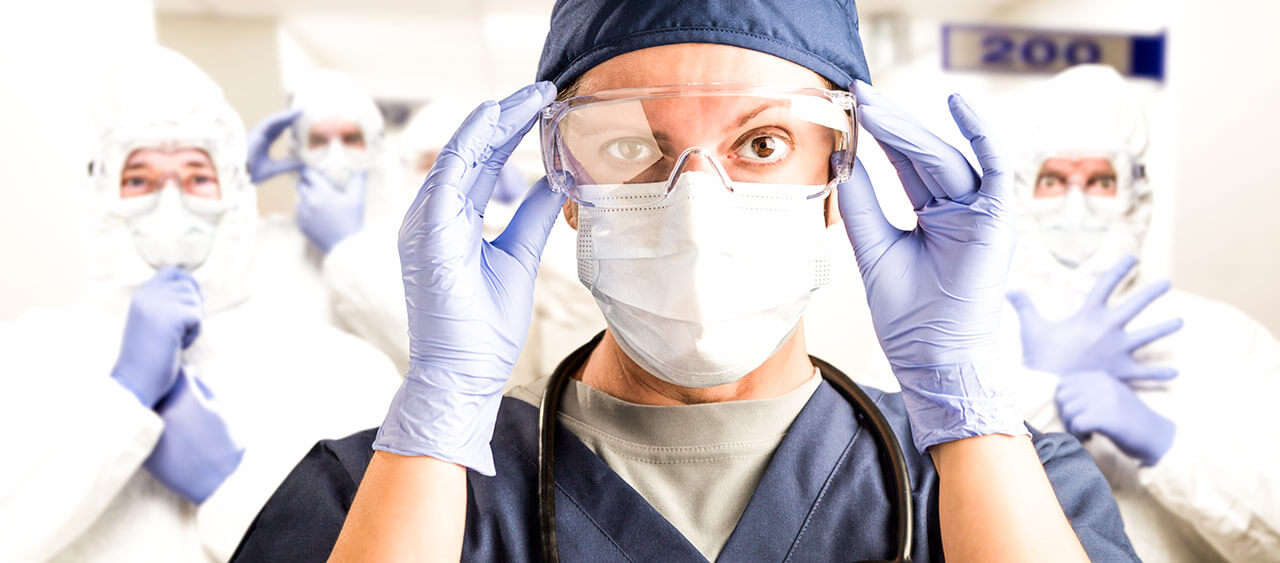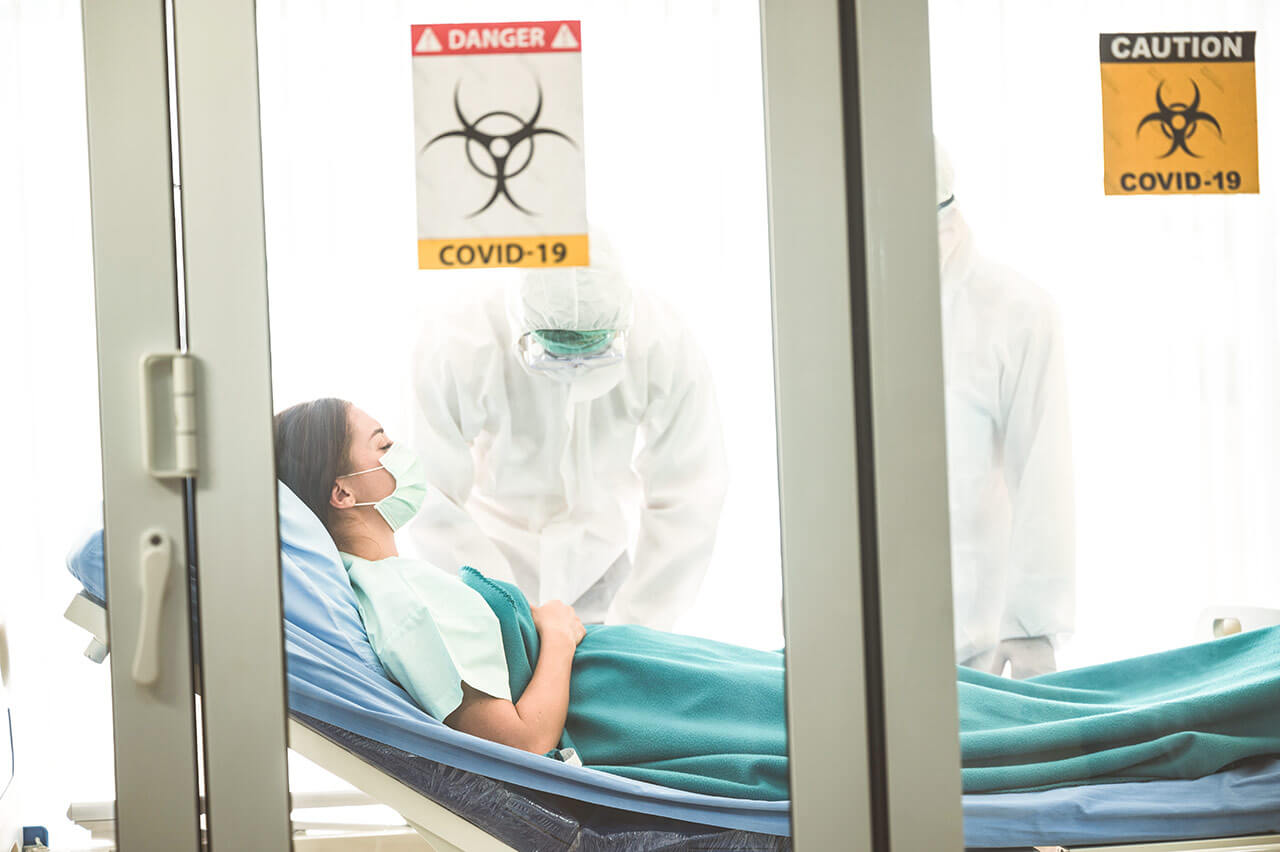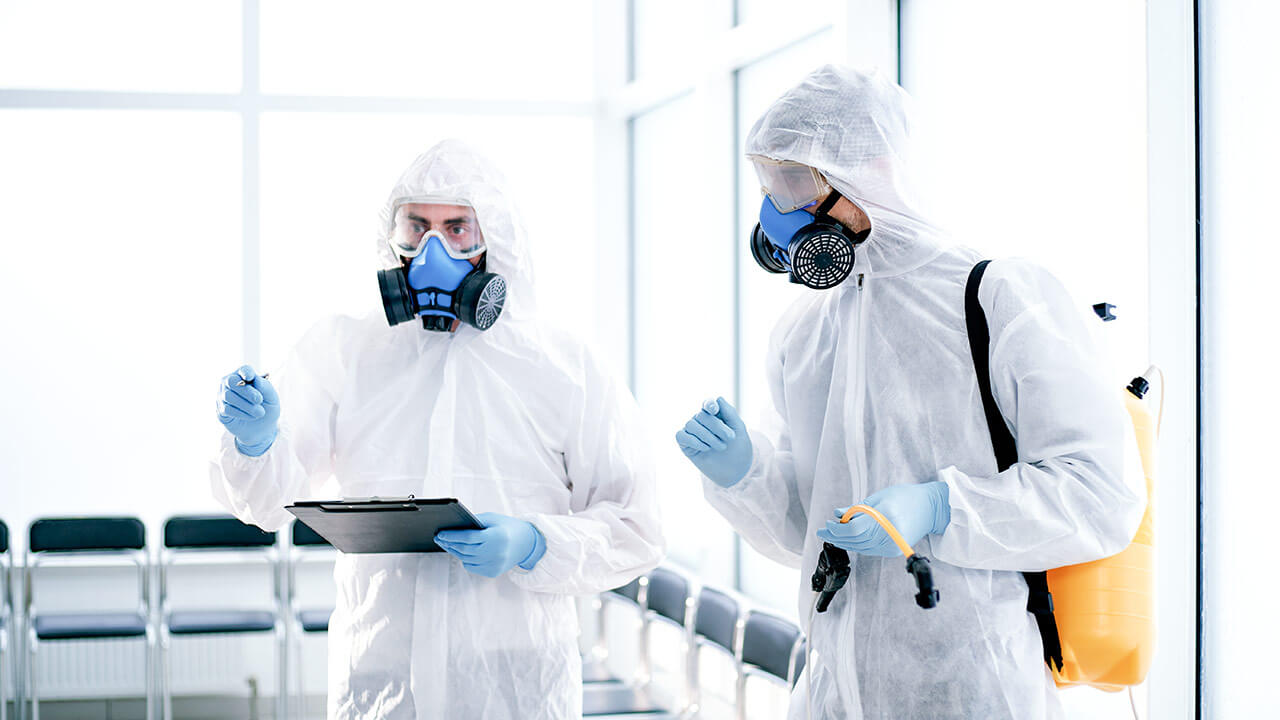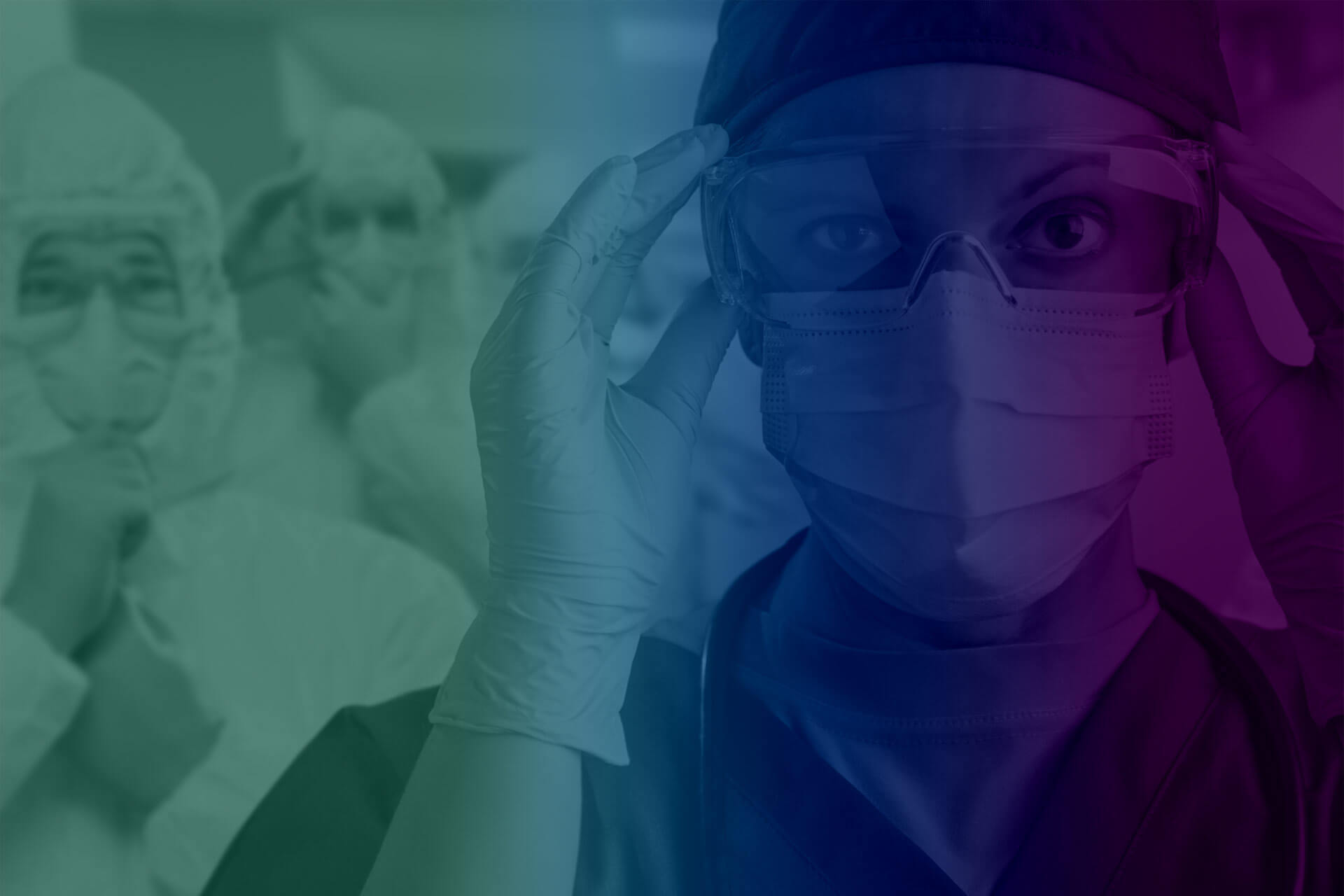It is essential to guarantee the prevention of occupational risks to all workers in health centers.
The famous popular saying “in the blacksmith’s house, a wooden knife” can well be applied to the prevention of occupational hazards in hospitals. The reason? That historically occupational health has not been especially considered in centers that, precisely, look after the health of people and patients.
A contradiction that in recent years, fortunately, has undergone an important paradigm shift. The job security of health workers begins to gain more and more strength. Especially, after situations as serious as those we have experienced with the coronavirus pandemic. But there is a lot of work to be done.
Hospitals are those large work centers whose activity encompasses the diagnosis, treatment and care of the sick. But, and sometimes even more important, with lives at stake, it is essential to value the work of professionals.
“How? Starting with the basics, that is, health care for health care workers. A motto that, in the coming years, should become the norm”

Occupational risk prevention plan in hospitals
Each hospital must have a specific and adapted occupational risk prevention plan in place. In other words, the planning of all the different aspects of the organization of the prevention plan in hospitals is crucial. But in addition, the plan must be designed for the characteristics of that hospital, so each center must be limited by virtue of its size, operation, etc.
For this reason, within the plan for the prevention of occupational risks in hospitals, it is necessary: a person in command and control; clear and precise communication; a high reaction capacity; guarantee the continuity of essential services and patient triage; foresee the necessary human, logistical and administrative resources; and finally proceed with determination in the face of an emergency and how to recover from it.
However, the prevention plan is only one of the legs of the table on which the preventive hospital integration is based. What other parts, conditions and processes should be included?
- Initial evaluation of the risks inherent to the work and the adoption of the pertinent measures for the risks detected.
- Assume competencies in health surveillance.
- Set up health and safety committees.
- Prepare action protocols, as well as training and information campaigns on preventive matters.
- Creation and updating of emergency or self-protection plans.
Types and main risks or accidents in hospitals and clinics
In health work we find many kinds of risks or occupational accidents, although the ones that are most often given are those mentioned below.
Biological risk
The biological risk in hospitals is high. It is, in fact, the main risk.
The transmission of infectious diseases due to exposure to various biological agents is a battle that professionals, patients, and healthcare personnel deal with daily. They can be bacterial, viral, fungal or parasitic agents and can be transmitted by various routes (air, blood, direct contact with secretions or fomites).
Chemical hazards
We are talking about harmful chemicals that are found in different forms, whether in solid, liquid, aerosols, gases and dust. They cause damage by inhalation, absorption or ingestion.
Physical risk
It brings together everything that affects our body directly, such as noise, lighting, temperature, radiation, blows with objects …
Psychosocial risks
It is one of the risks, that of physical and mental exhaustion, that has been causing the most problems in the last decade, especially attacks on health personnel that end up causing depression, stress, anxiety disorders, etc.
In short, all occupational risks in hospitals reinforce the need for experts in hospital engineering to anticipate situations, establish optimal prevention measures, etc.

Preventive and safety measures in health centers
And before the risks, preventive measures and solutions.
The prevention of occupational risks in health centers must guarantee the health of workers and their patients. On the other hand, occupational safety is the norms and procedures that offer the physical and mental protection of workers, eliminating risks, reducing the damage they may suffer and assessing the factors that may have an influence on which “x” situation occurs.
As it is logical and mandatory, there are occupational risk prevention measures in hospitals to prevent accidents.
Measures to prevent contagious accidents refer especially to having protocols to prevent contact with biological agents. For this, masks, face shields are used, and hygienic measures are taken such as washing hands and forearms before and after caring for each patient.

The measures to prevent injuries by substances are rigorous to avoid poisoning.
Regarding preventive measures for physical and mental health, the staff knows that they have to control their emotions as much as possible, avoid forced postures, and try to take “respectful” shifts with the waking cycle.
All these measures have been affected by the Covid-19 crisis. For example, with the occupational risk prevention measures of hospital cleaning workers. A sector that was one of the most affected by the lack of PPE (personal protective equipment), unable to work in “safe conditions” to prevent and avoid infections.
The electrical risk in hospitals
It is also mandatory to talk about electrical risks. Electrical safety in hospitals is an absolute priority to avoid electrical problems that could harm the operation of the health center and the health of patients.
According to experts, the second leading cause of fires in hospitals is electrical problems. Electronic / biometric equipment has a high sensitivity, which means that it can fail if the electrical system is not built according to engineering standards.
In addition, and in the last year, due to the coronavirus, the importance of hospital electrical engineering and, of course, electrical safety in hospitals and all kinds of health care centers has become more apparent than ever.
Having a well-designed and complete electrical system is equivalent to taking all possible precautions in advance and, therefore, facing the potential complications related to hospital electrical safety.
Not surprisingly, hospital units are contexts with high risks of electrical failures if they do not have an adequate electrical safety system. We are talking about failures that are not only limited to material equipment, but can cause damage and human loss.

Conclusions
If the appropriate measures are not taken, healthcare professionals working in hospitals run the risk of suffering certain accidents, most of which are preventable. For this, it is essential that the hospital follows the appropriate protocols and that all staff know and apply them.
It is no longer just the usual and frequent risk. Since March 2020, we have seen how the more specific risks can multiply due to a pandemic such as the one recently experienced. This means that, beyond the problem of noise level, air conditioning, stress, work shifts or possible attacks, the health sector is also exposed to biological agents, radiation or the use of certain chemical substances.
Therefore, the trend of recent years must be reversed. A dangerous ascending line of reduction of workforce, poorer quality in health care, greater pressure or physical and verbal attacks.



